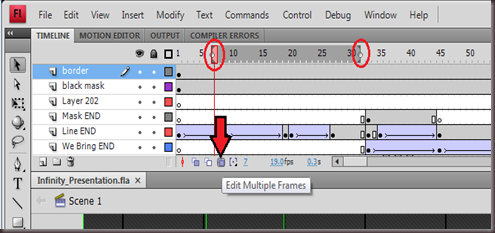If you are missing option “Rules and Alerts” in the tools menu of Outlook 2003, make sure that you have a email account created. I discovered today, that the option isn’t available until you have an email account setup.
Other options that I tried, that didn’t work, but might be useful:
- Run the “Detect and Repair” for Outlook
- View->Toolbars->Customize, and then try to add the option back to the menu by looking for “Rules and Alerts” under Commands tab, Tools
So if you don’t have the “Rules and Alerts” option available to you, try one of these suggestions.
